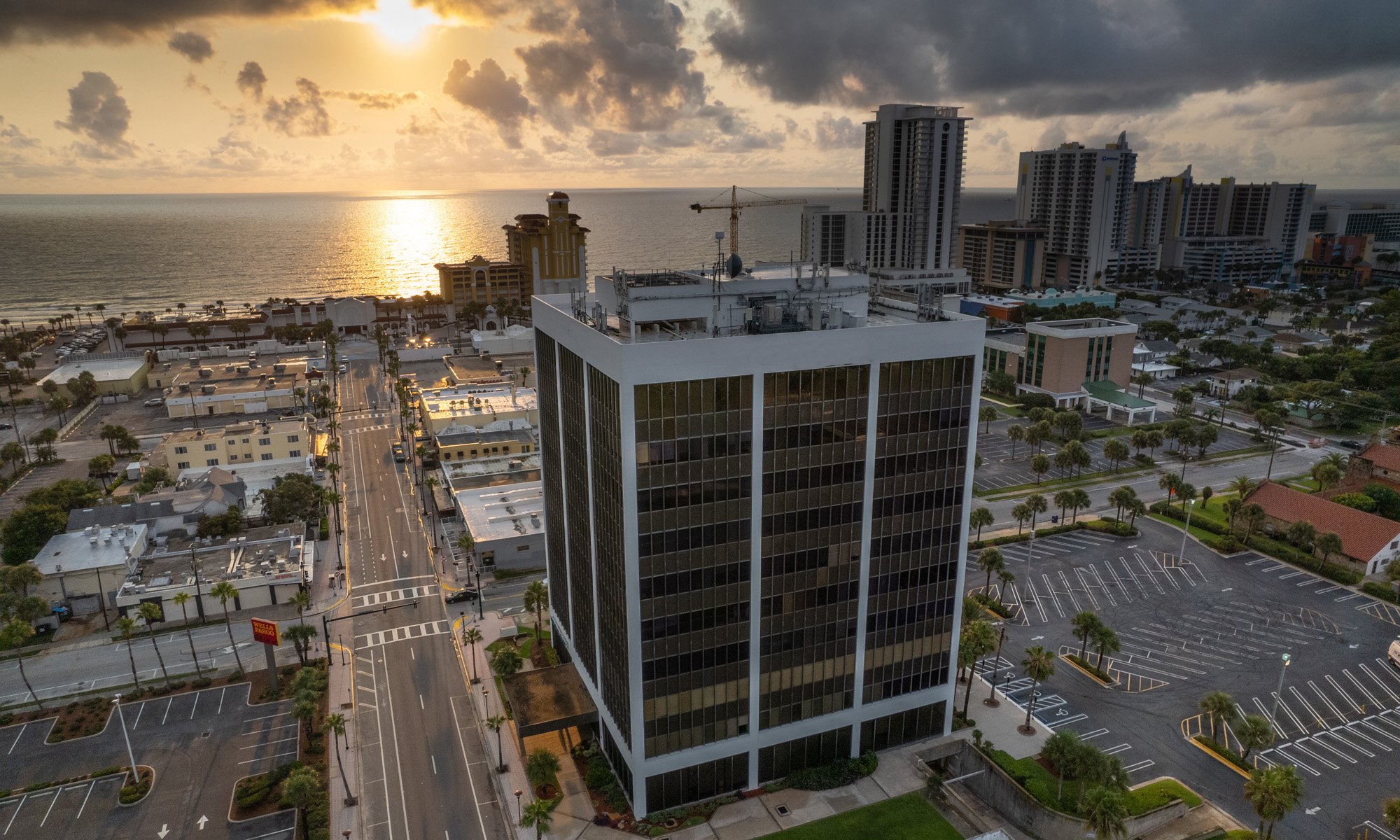The use of drones for delivery and logistics is becoming increasingly popular, with companies and industries exploring the possibilities of using UAVs (unmanned aerial vehicles) to improve efficiency and speed of delivery while reducing costs and emissions. With the ability to bypass traffic and reduce delivery times, drone delivery is seen as a game-changer for businesses and consumers alike. In this post, we’ll take a closer look at the current state of drone delivery, the benefits it can bring, and the challenges it currently faces. We’ll also explore the current and future applications of this technology and its potential impact on the economy and society.
The benefits of drone delivery
Drone delivery can greatly improve the efficiency and speed of delivery. It can bypass traffic and navigate through areas that are difficult or impossible for ground vehicles to access, thus reducing delivery times. Additionally, drones can make multiple deliveries in a shorter amount of time, increasing delivery capacity.
Compared to traditional delivery methods such as ground transportation, drone delivery can be faster, cheaper, and more environmentally friendly. Drones can deliver goods with less fuel consumption, lower emissions, and lower costs, making them a more sustainable option.
Drone delivery can also provide access to remote or hard-to-reach areas, that were not previously served by traditional delivery methods. This can provide benefits to people living in rural areas or islands, and allow businesses to expand their reach and customer base.
Challenges and Limitations of Drone Delivery
There are several technical challenges that need to be overcome for drone delivery to become a viable option for the long term. Some of these include the limitations on flight time and payload capacity of current drone technology, and the need for drones to navigate through challenging weather conditions.
Currently, there are also a number of regulatory challenges that need to be addressed. Laws and regulations regarding drone operation vary by country and region, and many have yet to be fully developed or implemented. This can make it difficult for companies to deploy drones on a large scale.
There are also concerns about privacy and safety when it comes to drone delivery. Drones can raise security and privacy concerns, and there are worries about the potential for accidents or mishaps, like drones crashing or malfunctioning.
Current and Future Applications of Drone Delivery
Drone delivery is currently being used in a variety of industries, including e-commerce, healthcare, and emergency services. Companies like Amazon and UPS have been experimenting with drone delivery for package delivery, while other companies are using drones to deliver medical supplies and equipment to remote areas.
In the future, drone delivery has the potential to be used in even more industries, such as agriculture, construction, and mining. Drones could be used to deliver goods and equipment to remote job sites or to transport goods between warehouses and distribution centers.
As drone delivery technology continues to advance, it has the potential to revolutionize the way goods are delivered, making it faster, cheaper, and more efficient. This could have a significant impact on the economy and society, making it possible to deliver goods to areas that were previously inaccessible, and allowing businesses to expand their reach and customer base.
Conclusion
In summary, drone delivery has the potential to revolutionize the way goods are delivered, providing faster, cheaper, and more efficient delivery options while reducing emissions and costs. The technology is already being used in a variety of industries, and it has the potential to be used in many more in the future.
However, there are also challenges that need to be addressed, such as technical limitations, regulatory challenges, and privacy and safety concerns.
Despite these challenges, drone delivery is an exciting and rapidly developing technology that has the potential to change the way we think about logistics and delivery. It’s important to stay informed about the latest developments in this field and to consider the potential benefits and challenges of using drone delivery for your business or community.

